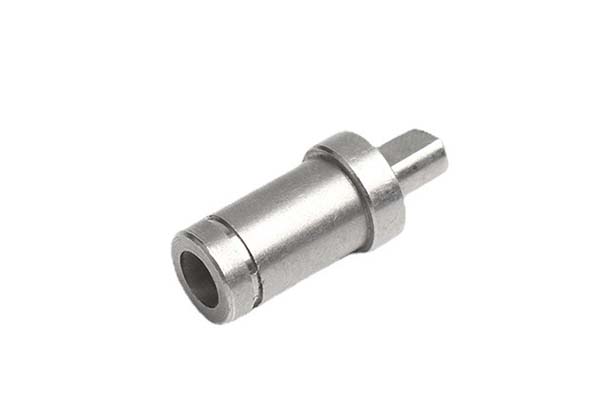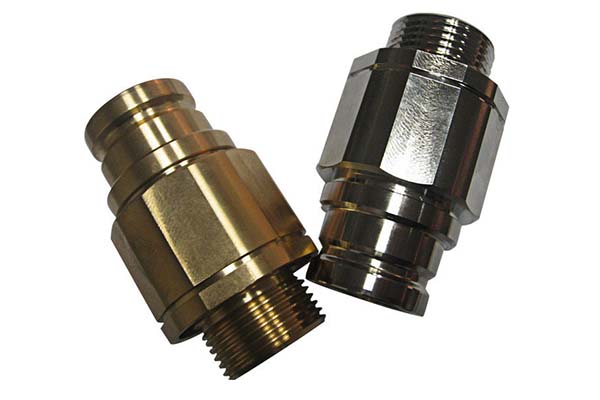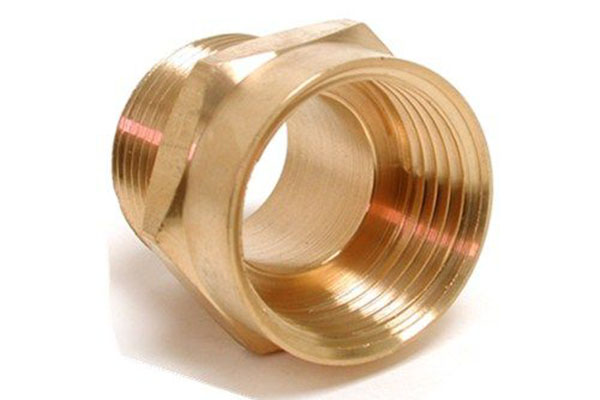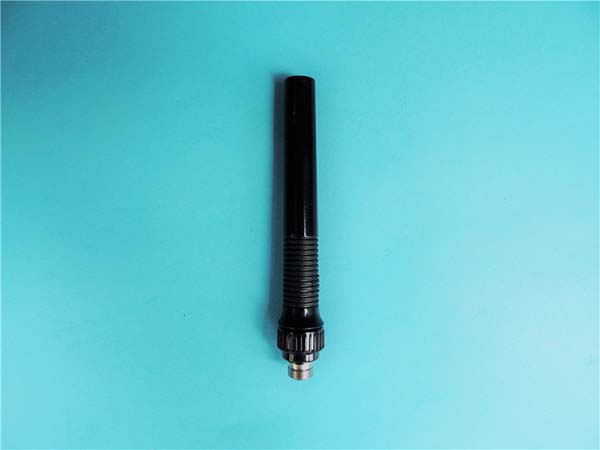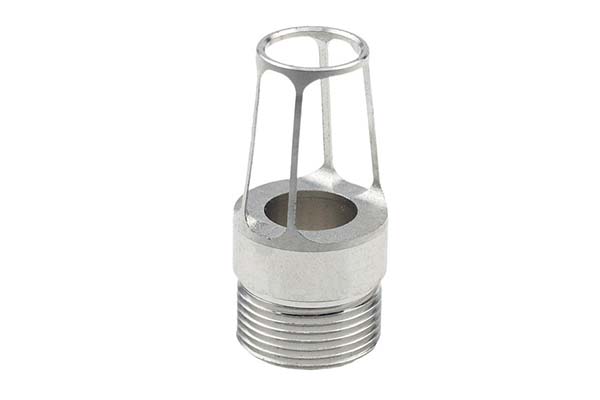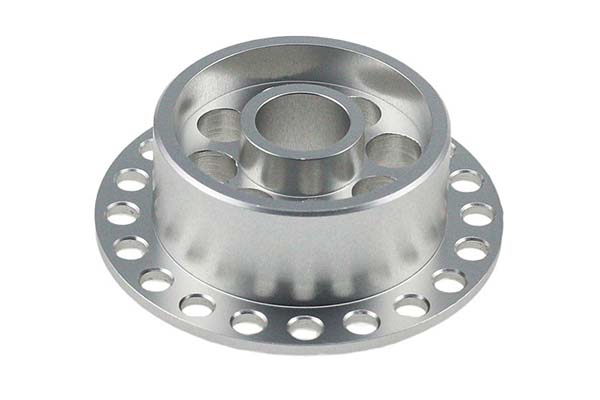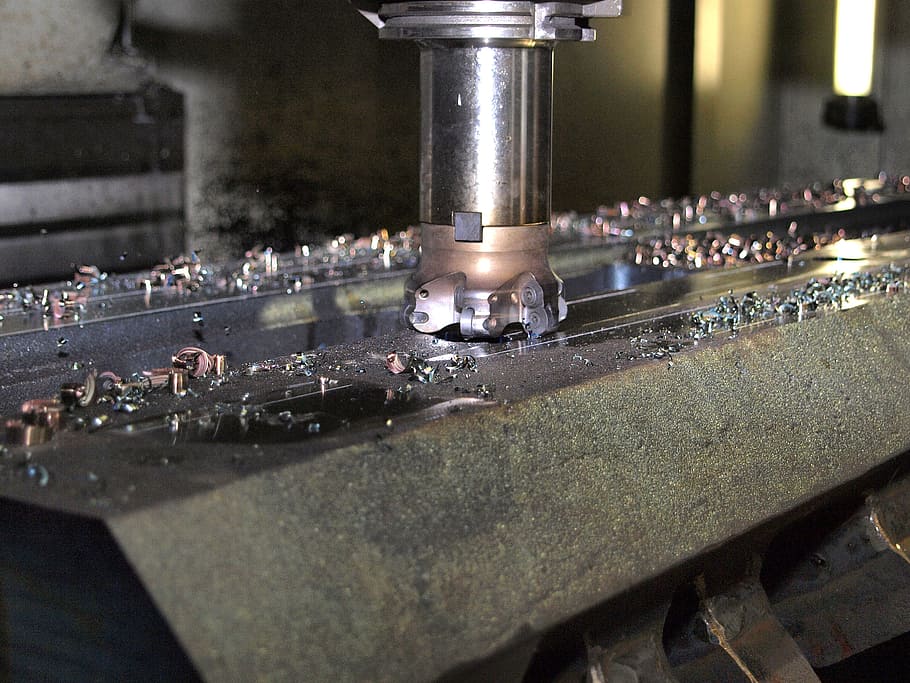Steel 41CrAlMo7 is a premium nitriding-grade alloy valued for its exceptional surface hardness and core toughness, but machining and treating it effectively presents unique challenges. Manufacturers often struggle with its poor machinability after nitriding, as the hardened surface (up to 1000 HV) rapidly wears tools. Achieving consistent case depth during nitriding while minimizing distortion is another pain point, critical for precision components like camshafts. Additionally, selecting the right CNC machining parameters for its pre-nitriding state—when it’s still machinable—requires balancing material removal rates and tool life. This guide addresses these challenges, providing actionable strategies to optimize CNC machining Steel 41CrAlMo7 for durability, precision, and reliability in high-stress, high-wear applications.
Material Characteristics & Alloy Breakdown
Steel 41CrAlMo7 is a chromium-aluminum-molybdenum alloy engineered for superior nitriding response and high-temperature performance:
- 41CrAlMo7 composition: Contains 0.38-0.45% carbon, 1.30-1.70% chromium, 1.00-1.40% aluminum, 0.15-0.25% molybdenum, 0.60-0.90% manganese, and 0.20-0.40% silicon. The Cr-Al-Mo alloying elements enhance nitriding ability, forming hard aluminum and chromium nitrides in the surface layer.
- Key properties:
- High-temperature strength: Maintains hardness and toughness at up to 500°C, ideal for engine components and extrusion tools.
- Core vs case hardness: Core hardness is 25-35 HRC after quenching and tempering; nitrided case hardness reaches 850-1000 HV (≈65-70 HRC), providing exceptional wear resistance.
- Machinability before nitriding: Moderate, rated at 50-60% relative to 1215 steel, due to its alloy content. Improves slightly in the annealed state (200-240 HB).
- Weldability 41CrAlMo7: Limited—requires preheating to 250-300°C and post-weld annealing at 600-650°C to prevent cracking, making it unsuitable for critical welded components.
- Pre-nitriding condition: Typically supplied in the normalized or quenched-and-tempered state (25-35 HRC) to ensure uniform nitriding response, with a fine-grained structure to minimize distortion.
These characteristics make it the material of choice for components requiring a hard, wear-resistant surface with a tough core, such as automotive camshafts and extrusion screws.
CNC Machining Parameters & Techniques
Optimal Parameters for Pre-Nitriding Machining
- Cutting speed 41CrAlMo7:
- Milling: 80-120 m/min with carbide inserts; 50-70 m/min with high-speed steel (HSS) tools.
- Turning: 100-150 m/min for roughing (carbide); 70-100 m/min for finishing to improve surface quality before nitriding.
- Feed rate for nitriding steel:
- Milling: 0.10-0.15 mm/tooth for carbide endmills; 0.05-0.10 mm/tooth for HSS tools.
- Turning: 0.15-0.25 mm/rev for roughing; 0.08-0.12 mm/rev for finishing to reduce surface roughness (Ra ≤1.6 μm) before nitriding.
- Carbide insert grades Cr-Al-Mo: ISO P30-P40 grades for general machining; ISO P20 for finishing. Fine-grain carbide (0.5-1 μm) resists chipping in interrupted cuts.
- Trochoidal milling 41CrAlMo7: Reduces tool engagement time, minimizing heat buildup and extending tool life by 30% compared to conventional milling.
- Coolant strategy alloy steel: High-pressure flood cooling (50-70 bar) with synthetic coolant (8-10% concentration) improves chip evacuation and reduces tool wear, critical for deep cavity machining.
- Chatter suppression medium-carbon alloy: Use rigid toolholders (shrink-fit or hydraulic) and reduce tool overhang to ≤5× diameter. Variable helix endmills further dampen vibrations.
Heat Treatment & Nitriding Process
Key Processes for Hardness and Wear Resistance
- Quench and temper 41CrAlMo7: Heat to 830-860°C, quench in oil, then temper at 550-650°C to achieve core hardness of 25-35 HRC. This ensures a tough core to support the hard nitrided case.
- Gas nitriding cycle: Typically 500-540°C for 20-100 hours, producing case depths of 0.1-0.6 mm. Ammonia flow controls nitrogen potential, with a 30-50% dissociation rate for optimal case formation.
- Plasma nitriding steel: Offers better control over case depth and reduced processing time (10-40 hours) compared to gas nitriding. Operates at 450-500°C in a nitrogen-hydrogen plasma, minimizing distortion.
- White layer control: The brittle white layer (1-5 μm) is minimized by adjusting nitriding temperature and gas composition; post-nitriding grinding removes it for critical applications.
- Distortion after nitriding: Controlled by stress relieving before final machining (600-650°C for 2 hours) and using slow heating/cooling rates during nitriding, reducing dimensional changes to ≤0.05 mm/m.
- Hardness profile case depth: Nitrided case hardness decreases from 1000 HV at the surface to core hardness (30 HRC) at the case-core interface, with a typical gradient of 50 HV per 0.01 mm depth.
Tooling & Coating Solutions
Selecting Tools for Pre- and Post-Nitriding Machining
- PVD-coated inserts nitriding steel: AlTiN or TiAlCrN coatings reduce friction and extend tool life by 40-50% in pre-nitriding machining, with high oxidation resistance at elevated temperatures.
- CBN finishing hardened 41CrAlMo7: Cubic boron nitride (CBN) inserts are essential for finishing nitrided surfaces (850+ HV), achieving Ra 0.8-1.6 μm with minimal tool wear.
- Tool geometry for interrupted cuts: Negative rake angles (0° to -5°) and strong edge geometry (0.03-0.05 mm hone) resist chipping when machining near nitrided areas.
- High-feed milling cutters: Reduce cutting forces with shallow depths of cut (0.5-1 mm) and high feeds (0.3-0.5 mm/tooth), ideal for roughing large surfaces efficiently.
- Coolant-through tooling: Delivers coolant directly to the cutting zone, reducing heat and improving chip evacuation in deep holes and cavities.
Surface Integrity & Post-Nitriding Finishing
Achieving Precision and Quality After Nitriding
- Surface finish after nitriding: Typically Ra 1.6-3.2 μm as-nitrided; requires grinding to achieve Ra 0.4-0.8 μm for bearing surfaces and sealing faces.
- Grinding compound layer: Use vitrified CBN wheels with 120-180 grit to remove the brittle compound layer (white layer) without inducing cracks, achieving Ra 0.4 μm.
- Polishing 41CrAlMo7: Follows grinding for decorative or high-precision applications, using diamond pastes (3-6 μm) to reach Ra ≤0.025 μm, though this adds production time.
- Ra target nitrided surface: Ra 0.8 μm for general wear applications; Ra 0.4 μm for precision components like hydraulic valves.
- Crack detection post-nitriding: Magnetic particle inspection (MPI) identifies surface cracks, critical for safety-critical parts like automotive camshafts.
Applications & Industry Case Studies
Steel 41CrAlMo7 excels in high-wear, high-temperature applications:
- 41CrAlMo7 extrusion screws: Nitrided to 0.3-0.5 mm case depth, with surface hardness 900-1000 HV, resisting wear from plastic pellets. A case study showed these screws lasting 2× longer than 4140 screws in PVC extrusion.
- Automotive camshafts: Nitrided cam lobes with 0.2-0.3 mm case depth withstand repeated contact with valve lifters, withstanding 1 million+ cycles without wear in engine testing.
- Hot-forging dies: Benefits from high-temperature strength and nitrided surface, reducing galling and extending die life by 30% compared to unnitrided H13 dies.
- High-precision spindles: Nitrided surfaces (Ra 0.4 μm) provide low friction and wear resistance, maintaining runout ≤0.001 mm in machine tool spindles.
Yigu Technology’s Perspective
At Yigu Technology, we specialize in CNC machining Steel 41CrAlMo7 for automotive and industrial clients. Our data shows PVD-coated inserts (AlTiN) reduce tool wear by 40% when machining pre-nitrided 41CrAlMo7 at 100-120 m/min. We optimize trochoidal milling for complex geometries, cutting cycle times by 25%. For nitriding, we recommend plasma nitriding for tighter case depth control (±0.02 mm) and minimal distortion. Post-nitriding, our CBN grinding achieves Ra 0.4 μm with no compound layer. We guide clients on case depth selection: 0.2-0.3 mm for precision parts, 0.4-0.6 mm for heavy wear applications. With ISO 9001 and IATF 16949 certifications, we deliver 41CrAlMo7 components balancing wear resistance, precision, and cost-effectiveness.
FAQ
- Why is 41CrAlMo7 preferred for nitriding applications?
Steel 41CrAlMo7 contains aluminum and chromium, which form extremely hard nitrides during nitriding, achieving surface hardness up to 1000 HV (≈70 HRC). Its Cr-Al-Mo alloying also ensures uniform case depth and good core toughness, making it ideal for high-wear components like extrusion screws and camshafts.
- What CNC machining parameters work best for pre-nitriding 41CrAlMo7?
Use cutting speeds of 100-150 m/min (carbide) for turning and 80-120 m/min for milling, with feed rates of 0.15-0.25 mm/rev (roughing) and 0.08-0.12 mm/rev (finishing). Trochoidal milling reduces tool wear, while high-pressure coolant improves chip evacuation.
- How does plasma nitriding differ from gas nitriding for 41CrAlMo7?
Plasma nitriding steel offers faster processing (10-40 hours vs. 20-100 hours for gas nitriding) and better control over case depth and white layer formation. It also minimizes distortion, making it preferable for precision components, though it has higher initial equipment costs.

